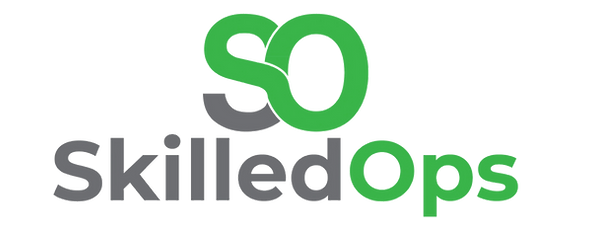Software as a Service (SaaS) platforms have revolutionized the way businesses operate, offering unparalleled convenience, scalability, and accessibility. However, as the adoption of SaaS solutions continues to soar, ensuring robust security measures is paramount to safeguard sensitive data and maintain trust among users. In this blog post, we’ll explore effective strategies for hardening SaaS platforms to fortify defenses against potential threats and vulnerabilities.
1. Implement Multi-Factor Authentication (MFA): Strengthen access controls by implementing multi-factor authentication across your SaaS platform. Require users to authenticate their identity using multiple verification methods such as passwords, biometrics, or one-time codes. MFA adds an extra layer of security, mitigating the risk of unauthorized access, credential theft, and phishing attacks.
2. Enforce Strong Password Policies: Enforce stringent password policies to promote password hygiene among users. Require complex passwords with a combination of alphanumeric characters, symbols, and minimum length requirements. Regularly prompt users to update their passwords and discourage the reuse of passwords across multiple accounts. Consider integrating password managers to streamline password management and enhance security.
3. Regularly Update and Patch Software: Stay vigilant against emerging threats by regularly updating and patching software components of your SaaS platform. Keep abreast of security advisories and vendor releases to promptly address known vulnerabilities and weaknesses. Implement automated patch management systems to streamline the deployment of patches and minimize the window of exposure to potential exploits.
4. Encrypt Data at Rest and in Transit: Protect sensitive data from unauthorized access by implementing robust encryption mechanisms. Encrypt data at rest within databases, storage systems, and backups to prevent unauthorized disclosure in the event of a security breach or data theft. Additionally, ensure data transmitted between clients and servers is encrypted using industry-standard protocols such as TLS (Transport Layer Security) to safeguard against interception and eavesdropping.
5. Implement Role-Based Access Controls (RBAC): Granularly manage user permissions and privileges through role-based access controls (RBAC). Define roles with specific sets of permissions based on user responsibilities and job functions. Limit access to sensitive features and data to authorized personnel only, reducing the risk of insider threats and unauthorized actions that could compromise system integrity.
6. Conduct Regular Security Audits and Assessments: Proactively assess the security posture of your SaaS platform through regular security audits and assessments. Conduct vulnerability scans, penetration tests, and code reviews to identify potential weaknesses and vulnerabilities. Address findings promptly and prioritize remediation efforts based on risk severity to maintain a robust security posture.
7. Monitor and Analyze User Activity: Implement comprehensive logging and monitoring capabilities to track user activity and detect anomalous behavior. Monitor access logs, authentication attempts, and system events to identify suspicious activities indicative of unauthorized access or malicious intent. Leverage security information and event management (SIEM) solutions to aggregate and analyze logs for actionable insights and early threat detection.
8. Establish Incident Response and Disaster Recovery Plans: Prepare for security incidents and data breaches by establishing incident response and disaster recovery plans. Define clear procedures and escalation paths for responding to security incidents, including incident triage, containment, eradication, and recovery steps. Regularly conduct tabletop exercises and simulations to validate the effectiveness of response plans and ensure readiness in the face of real-world threats.
By adopting a proactive approach to SaaS platform hardening, businesses can bolster their defenses and mitigate security risks effectively. From implementing multi-factor authentication and enforcing strong password policies to encrypting data and conducting regular security audits, each measure contributes to a layered defense strategy that safeguards sensitive information and preserves the integrity of SaaS environments. Remember, security is a journey, not a destination—continuously reassess, refine, and evolve your security practices to stay ahead of evolving threats and protect your organization’s digital assets.
